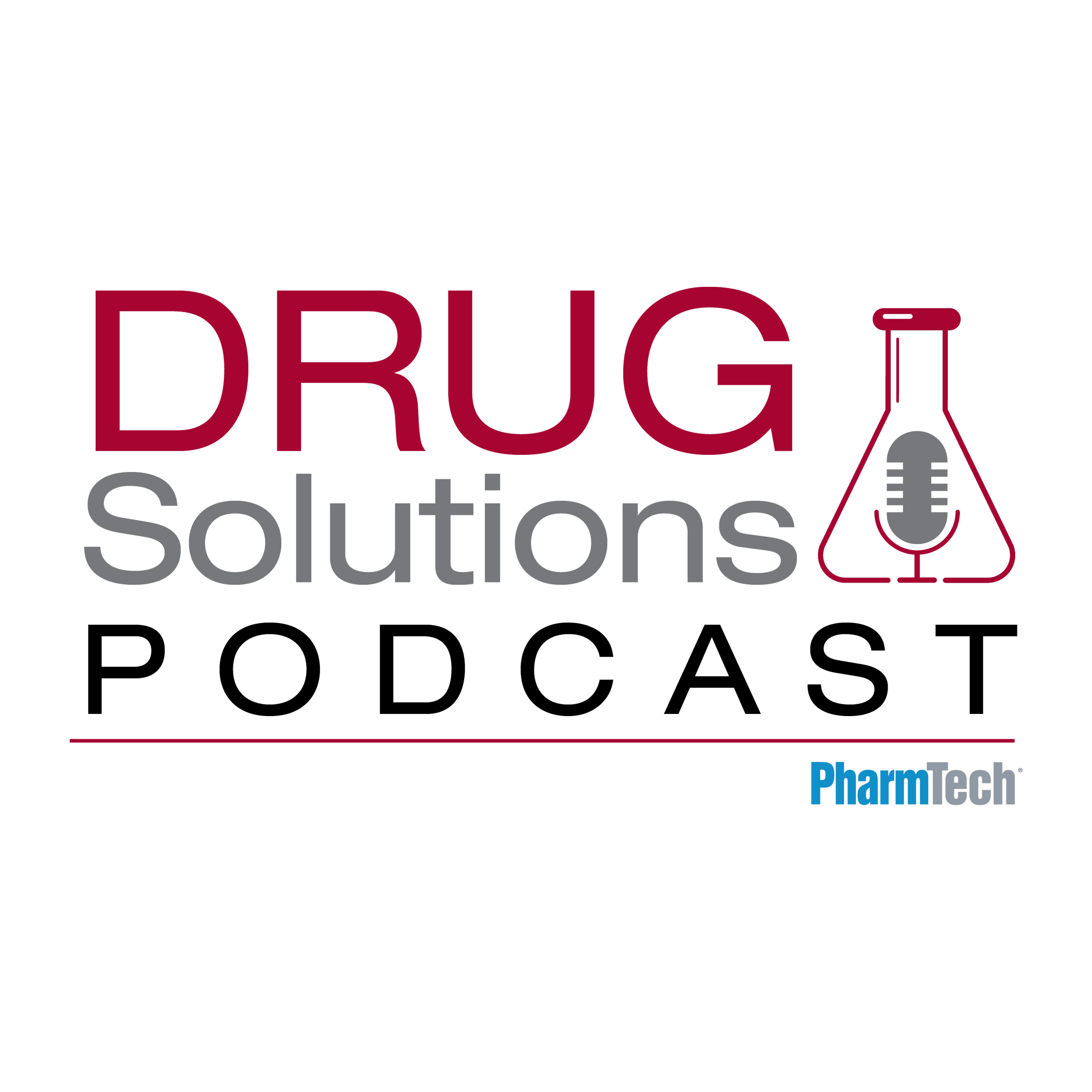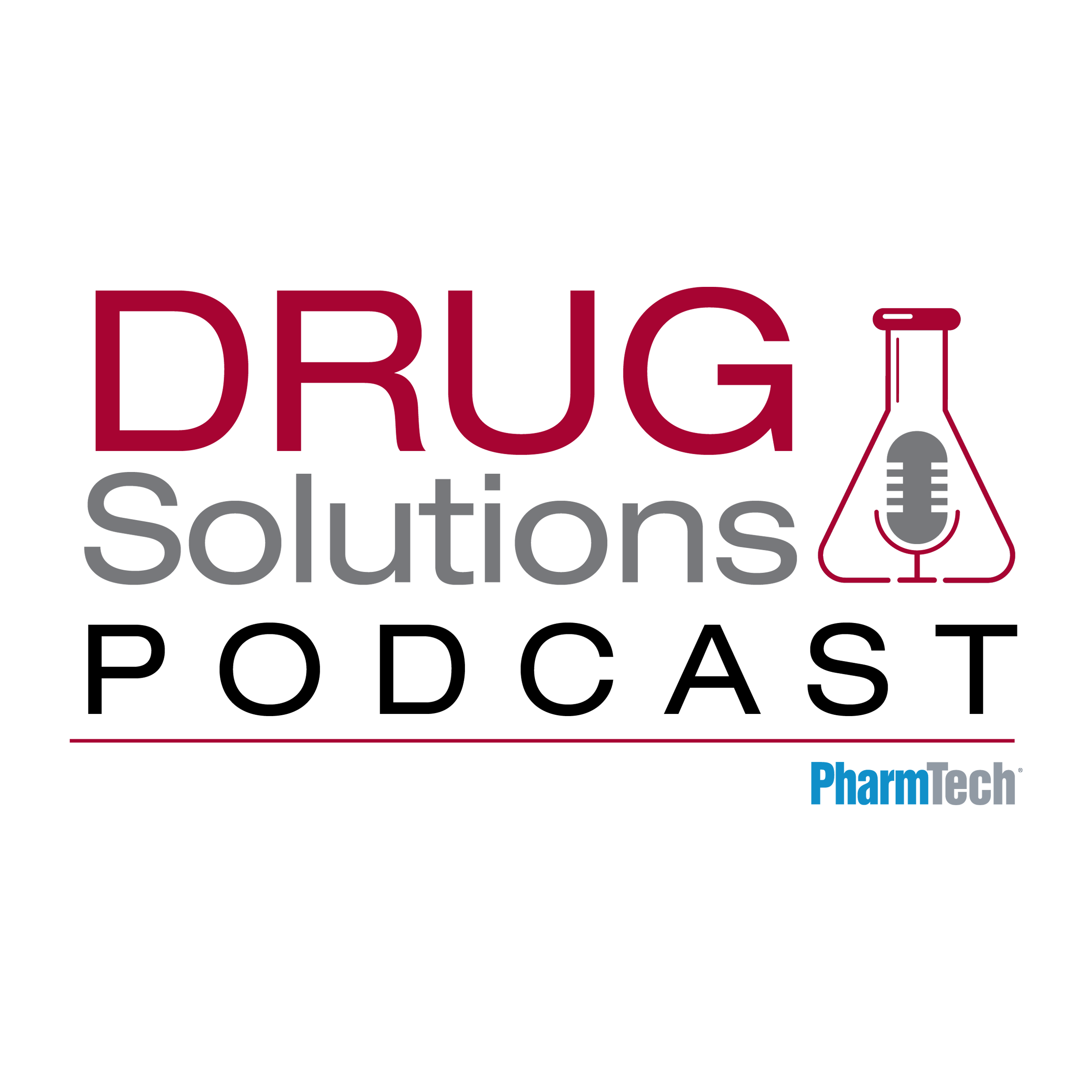News
Article
Pharmaceutical Technology
A New Method for Risk Assessment of Pharmaceutical Excipients
Author(s):
This article describes a new, combined, quantitative method for assessing excipient risks that has been developed by the authors as one possible risk evaluation method.
Peer-Reviewed:
Submitted: Nov. 21, 2017. Accepted: Jan. 4, 2018.
Abstract
According to the modern requirements of the European Union’s Good Manufacturing Practice for Medicinal Products, a manufacturing authorization holder should guarantee the suitability of excipients included in the finished medicine. For this purpose, a formalized, documented assessment of risks associated with safety, quality, and function for each excipient should be carried out. Though the EU-GMP guidelines give an indicative list of parameters that should be taken into consideration when assessing the excipient risks, none of the known and cited sources specifies how to perform such an assessment. The present article, therefore, describes a new, combined, quantitative method for assessing excipient risks that has been developed by the authors as one possible risk evaluation method. This method represents a combination of a quantitative risk assessment (based on the risk index method) and a qualitative risk ranking method. The risk components related to safety, quality, and function of excipients as well as parameters included in them are considered, and the score points are assigned to each excipient. The developed method was used for excipient risk assessment of some marketed finished medicines manufactured by Ukrainian pharmaceutical enterprises.
Mona Makela/shutterstock.com

Normative requirements for finished medicine production are constantly being improved. These changes are associated with progress in science and technology, improvement of control methods and engineering support systems for manufacturing, development and launch of next-generation drugs to the market, enhancement of the control systems for technological process and products, and the introduction of new pharmacopoeial and regulatory requirements, for example. The European Union good manufacturing practice (EU-GMP) requirements (1) are meant to be mandatory rules in the field of pharmaceutical production, and the EU-GMP rules are amended almost every year. These changes encompass both the structure and the content of the document, including modification of the conceptual framework for GMP. The most recent GMP changes were comprehensive (2).
In the new requirements of the EU-GMP Chapter 5, it is noted that the level of supervision over starting material manufacturers should be proportionate to the risks associated with particular types of starting materials, taking into account the source, production technology, supply chain, and its use in the composition of a finished medicine (1). The new regulation is focused on assuring the quality of the excipients that influence the quality of the finished pharmaceuticals. Finished medicine manufacturers, therefore, should monitor manufacturers and suppliers of excipients. For this purpose, it is necessary to use an approach based on a documented risk assessment, which is described in the new guidelines, adopted in 2015 (3) and entered into force in the EU since March 21, 2016. In turn, these guidelines (3) have been developed and adopted in pursuance of the Directive of the European Parliament and the EU Council 2011/62/EU (4), which has made appropriate changes in the Directive 2003/81 (the primary regulation for the drug distribution chain) (5).
According to the normative documents (3–5), the manufacturing authorization holder (MAH) should guarantee the suitability of excipients used in finished medicine manufacture by determining an appropriate set of GMP requirements. In turn, this set should be determined on the basis of a formalized overall assessment of excipient risks. The task to guarantee the quality of the excipients is quite complicated because the manufacturers of excipients mostly aren’t MAHs and are not covered by regulatory GMP-inspections. Moreover, such manufacturers may refuse to be audited by MAHs. Thus, one way a MAH can determine if an excipient is of appropriate quality and can be used safely in finished drug manufacturing is by doing a risk assessment.
An overall risk assessment should take into account the requirements of other relevant quality systems to determine the origin and the intended use of the excipients, as well as previously recorded cases of defects in their quality. A system of an overall assessment and management of excipient risks is incorporated in the pharmaceutical quality system of a finished medicine manufacturer. All actions within excipient risk assessments are documented and are subject to GMP inspection. A risk management approach has been implemented in pharmaceutical manufacturing for more than 10 years, and methods and tools that can be used in the risk management prosess are described in International Council for Harmonization (ICH) Q9 (6). This list, however, is not exhaustive and could be expanded using other tools or combinations. Numerous examples of risk assessment methods and tools are described (7, 8), but information about which approach is useful for excipient risk evaluation and details of how this evaluation could be done are lacking. This article, therefore, aims to provide such information.
The guidelines (3) establish the fundamental principles that should guide a finished medicine manufacturer in the excipient risk assessment and note that the instruments and methods described in ICH Q9 (6) can be used for this purpose. The guidelines (3) provide an indicative list of parameters that should be taken into consideration when assessing the excipient risks, but in the authors’ opinion, it is not complete and the parameters included in a particular risk component need more in-depth study and additional individual assessment. In a previous publication (9), the authors have considered the possible algorithms for the risk assessment of excipient function in every particular pharmaceutical formulation. The present work was aimed at the development of a quantitative, combined method for the overall risk assessment of excipients that can be applied by industrial pharmaceutical enterprises.
Risk method development
The method developed by the authors is a combination of a quantitative risk assessment based on the use of the risk index method using scores (10) and a qualitative risk ranking method. The quantitative characteristic used in the first stage ensures the objectivity of the assessment and a more accurate characterization of the risk level. The qualitative ranking method applied in the second stage enables interpretation and further practical use of such an assessment. Applying the method using quantitative analysis of the risk components and the parameters included in them determines a risk category as low, medium, or high risk.
To develop this method, the following tasks were performed:
The components that affect the excipient risk and that can be considered as independent variables were studied.
- A set of parameters within each of the risk components was determined.
- A scoring system for the parameters, and accordingly for the risk components, was established.
- An algorithm for the quantitative assessment of the risk components was developed.
- Low-, medium-, and high-risk areas in the resulting three-dimensional space were determined.
- From the three-dimensional space in the risk assessment, one can move to a simpler and more understandable qualitative rank (low, medium, or high risk).
- The developed method is tested by assessing risk of commercial excipients from Ukrainian pharmaceutical enterprises.
The guideline (3) identifies quality (Q), safety (S), and function (F) of excipients in a finished medicine as the components that affect excipient risk. Each of the risk components for an individual excipient is represented in the form of coordinate axes in three-dimensional space: Q, S, and F (see Figure 1). The total risk index (TRI) is calculated using Equation 1:
TRI = S × Q × F [Eq. 1].
For simplicity, a three-point scale (from one to three) is used for each component.
Figure 1: Low-, medium-, and high-risk areas (respectively, from left to right) derived from the risk components: safety (S), quality (Q) and excipient function (F), expressed in score points from one to three. Figure is courtesy of the authors.

In turn, each of these components includes a number of parameters, which can be designated by the letter that corresponds to the component name and the index that corresponds to the parameter number. For example, Q3 denotes the third parameter related to the quality component, and F1 to F7 denotes the parameters of the excipient function component (see Tables I–III). Each of these parameters is quantified from one to three points, and the risk value is calculated for the components S, Q, or F as the arithmetic mean of the parameters included in each of the components. To decrease the error of the overall risk assessment, when calculating the arithmetic mean of the parameters at the stage of component assessment, one should not round the obtained values to whole numbers. Rounding should be limited to the first significant digit after the decimal point. By substituting such values into the formula (1), a more accurate assessment of the overall risk index is obtained, and the resulting value is rounded to whole-number values at the final stage of the calculation.
With a chosen scale of one to three score points for each risk factor, the maximum total risk index will be equal to 27, using Equation. 1:
TRI = S × Q × F = 3 × 3 × 3 = 27
The minimum possible risk will be one, using Equation 1:
TRI = S × Q × F = 1 × 1 × 1 = 1
Within the framework of this approach, the risk indexes of each excipient in each finished medicine are categorized by Equations 2–4:
Low risk: 1 ≤ TRI < 6 [Eq. 2]
Medium risk: 6 ≤ TRI <12 [Eq. 3]
High risk: 12 ≤ TRI ≤ 27 [Eq. 4].
Additional requirements may be used when assigning a category. For example, if the value of at least one of the components (S, Q, or F) is three, then the overall risk in any case cannot be attributed to a low risk area, but should be attributed to the medium or high risk. It should also be understood that although Figure 1 gives an idea of the risk areas in the chosen three-dimensional space, it is rather simplistic, because in practice, calculated values of risk components will not be round numbers, but non-integral values, as described previously.
Defining component parameters. An important aspect of risk assessment within the framework of this algorithm is identifying the parameters that are included in each of the risk components. Certainly, the choice of the main parameters should be guided by the normative document (3), but it insufficiently defines which parameters are included in each of the components. In addition, the normative document does not contain a clear separation of the parameters included in the individual components of excipient risk. In the authors’ opinion, for some components, the listed parameters should relate to another risk component. For example, the following parameters are assigned to the functional characteristic of excipients in the finished medicine (3):
- The pharmaceutical form and use of the finished medicine containing the excipient
- The excipient function in the finished medicine (examples are given)
- The proportion of the excipient in the finished medicine composition
- Daily patient intake of the excipient
- Any known excipient quality defects/adulterations, both globally and at local company level
- Whether the excipient is a mixture
- Known or potential impact on the critical quality attributes of the finished medicine
- Other factors affecting patient safety.
In the authors’ opinion, a parameter associated with defects of excipient quality or adulterations refers not to a functional characteristic, but to the quality risk component (Q). Moreover, the parameters referred to the safety and quality risk components in the guidelines (3) are not separated and are given in one list. Understanding how these parameters relate to precisely those risk components is unclear, and additional information is needed. To better define the F component, the authors used the approach of the European Pharmacopoeia (Ph.Eur.) Chapter 5.15 “Functionality-related characteristics of excipients” (11). Although this chapter is not mandatory, it is useful in the authors’ excipient risk assessment method. The authors also added several parameters to the Q component.
The final step in developing risk assessment algorithm was to determine what points (and in what cases) should be assigned to each of the parameters included in each risk component. Tables I–III list the instructions and the point values developed by the authors.



Method validation
Assessment of the authors’ method for the risk assessment of excipients in finished medicines was carried out by four Ukrainian manufacturers of finished medicines. At least five specialists at each company participated.
The risk assessment for excipients in a medicinal product (Insular Stabil) produced by one of these companies (Arterium) is presented in Table IV as an example. This medicinal product is produced in the form of a suspension for injection, in which 1 mL contains 100 IU of human recombinant insulin. The authors’ method was used to obtain values of the S, Q, and F risk components for each excipient (see Table IV). The TRI value of each excipient, listed in Table IV, was calculated according to Equation 1 using the values of the parameters from Tables I–III. The arithmetic mean was calculated and rounded to two significant digits. The TRI value for each excipient was rounded at the end of the calculation.
To transition from a quantitative assessment to a qualitative rank, the authors used the inequalities in Equations 2–4. As shown in Table IV, only protamine sulphate is characterized in expert assessments by an average risk level (i.e., the value is in the range of 6 < TRI < 12); other excipients have a low risk level (i.e., TRI value < 6).

From this and similar assessments carried out at the other companies, the authors found that only some of the excipients included in the corresponding finished medicines have an average (medium) risk level. The overwhelming majority of the examined excipients were of low risk, and none of them were of high risk.
Conclusion
A new method for assessing the risks of excipients in the finished medicine composition has been developed and can be used as one of the possible methods for excipient risk evaluation. This method represents a quantitative assessment of risks using the scoring system within the risk indexes with subsequent ranking and transition to the final qualitative assessment of the excipient risk level. The advantage of the method is more objective quantitative evaluation that uses a comprehensive list of parameters. The authors’ method has been introduced at one of the Ukrainian enterprises as a component of the standard operating procedure for assessing the risks of excipients that are part of the finished medicines produced by this enterprise.
This work is the first stage in solving a more general task of establishing an appropriate set of good manufacturing practices requirements for excipients used in the manufacture of finished medicines. The authors plan to publish further approaches to solving this broader problem.
References
1. EC, EudraLex-The Rules Governing Medicinal Products in the European Union. Volume 4-Medicinal Products for Human and Veterinary Use: Good Manufacturing Practice, accessed 10 Nov 2017.
2. Y. V. Podpruznikov and V.N. Shestakov, J. Drug Development & Registration 3, 202-218 (2016).
3. EC, Guidelines of 19 March 2015 on the formalised risk assessment for ascertaining the appropriate good manufacturing practice for excipients of medicinal products for human use (2015/С 95/02), accessed 10 Nov 2017.
4. EU, Directive 2011/62/EU (2011).
5. EU, Directive 2001/83/EC (2001).
6. ICH, ICH Harmonised Tripartite Guideline: Quality Risk Management Q9 (2005) International Conference on Harmonisation of Technical Requirements for Registration of Pharmaceuticals for Human Use, accessed Nov. 10, 2017.
7. PDA, “Quality Risk Management for Aseptic Processes, Technical Report 44” PDA J. Pharm. Sci. and Technol. 68 (S-1) 1-43 (2008).
8. PDA, Implementation of Quality Risk Management for Pharmaceutical and Biotechnology Manufacturing Operations, Technical Report No. 54. (Bethesda, MD, 2012).
9. O. Ruba, Y. Pidpruzhnykov, and T. Kolisnyk, J. Pharm. Investigation DOI:10.1007/s40005-017-0354-4 (Aug. 16, 2017).
10. ISO, ISO/IEC 31010:2009. Risk management - Risk assessment techniques (Geneva, 2009).
11. European Pharmacopoeia 9.0, Chapter 5.15, “Functionality-related Characteristics of Excipients” (EDQM, Strasbourg, France, 2016) 753-754.
Article Details
Pharmaceutical Technology
March 2018
Vol. 42, No. 3
Pages: 38–44
Citation
When referring to this article, please cite it as Y. Pidpruzhnykov, O. Ruban, and T. Kolisnyk, "A New Method for Risk Assessment of Pharmaceutical Excipients," Pharmaceutical Technology 42 (3) 2018.
About the Authors
Yurii Pidpruzhnykov is a professor of the Department of Quality Management, Olena Ruban is a professor of the Department of Industrial Technology of Drugs, and Tetiana Kolisnyk* is a PhD student of the Department of Industrial Technology of Drugs, all at the National University of Pharmacy, Kharkiv, Ukraine; Tel: 380682474033, kolisnyktatyana@gmail.com.
*To whom all correspondence should be addressed.
Newsletter
Get the essential updates shaping the future of pharma manufacturing and compliance—subscribe today to Pharmaceutical Technology and never miss a breakthrough.





